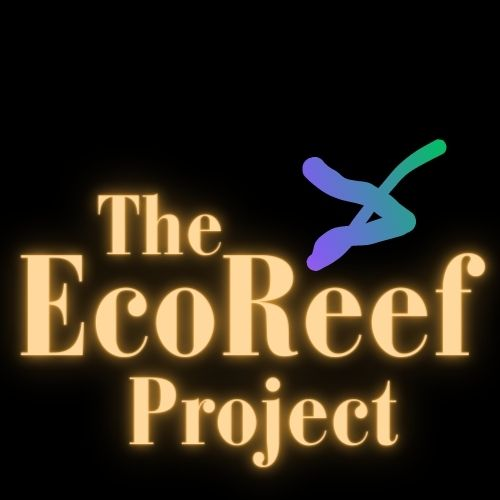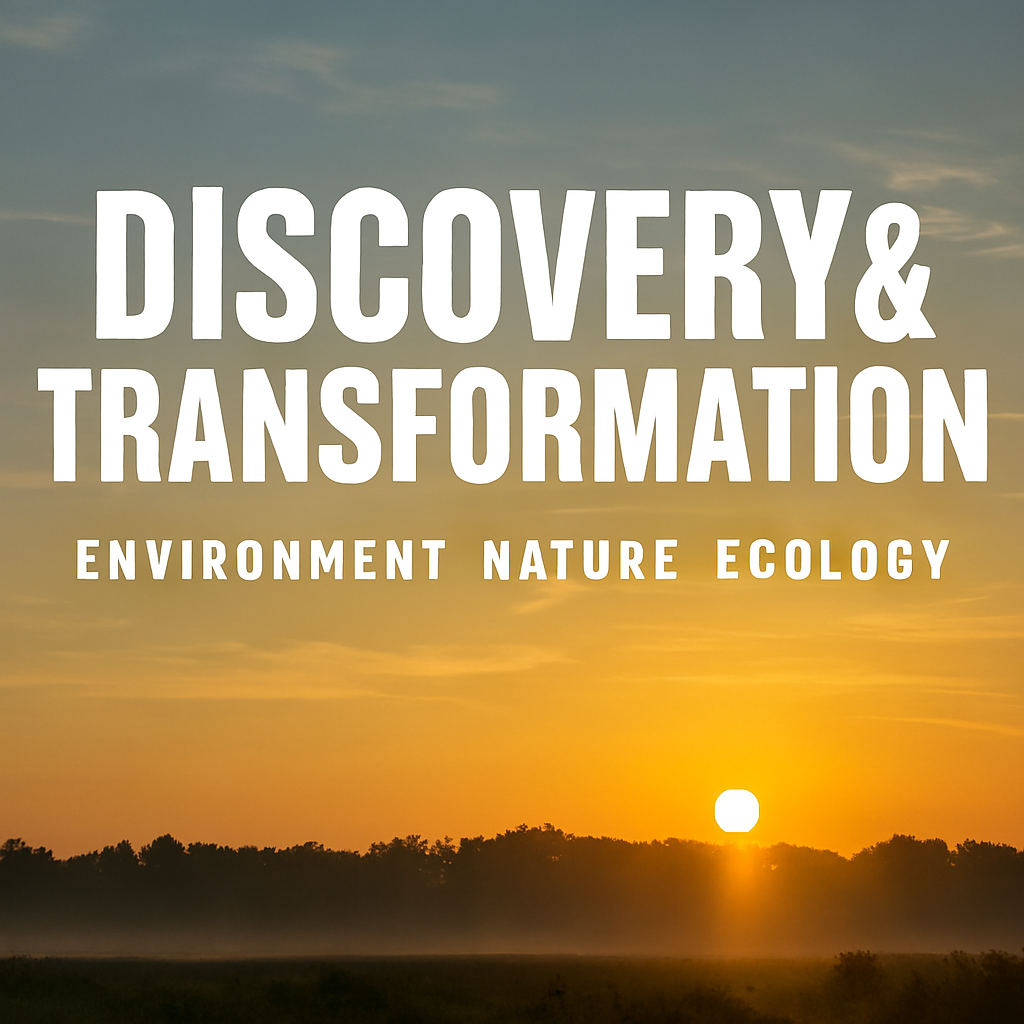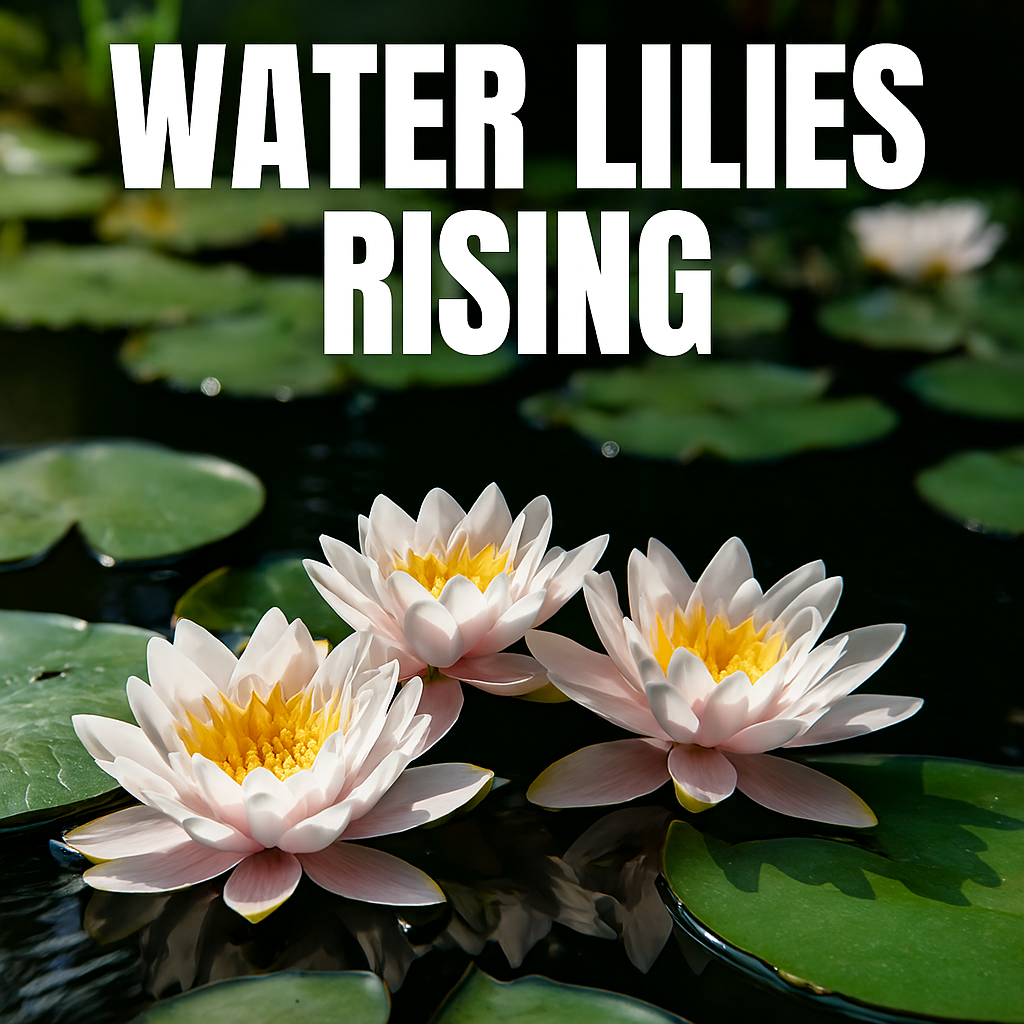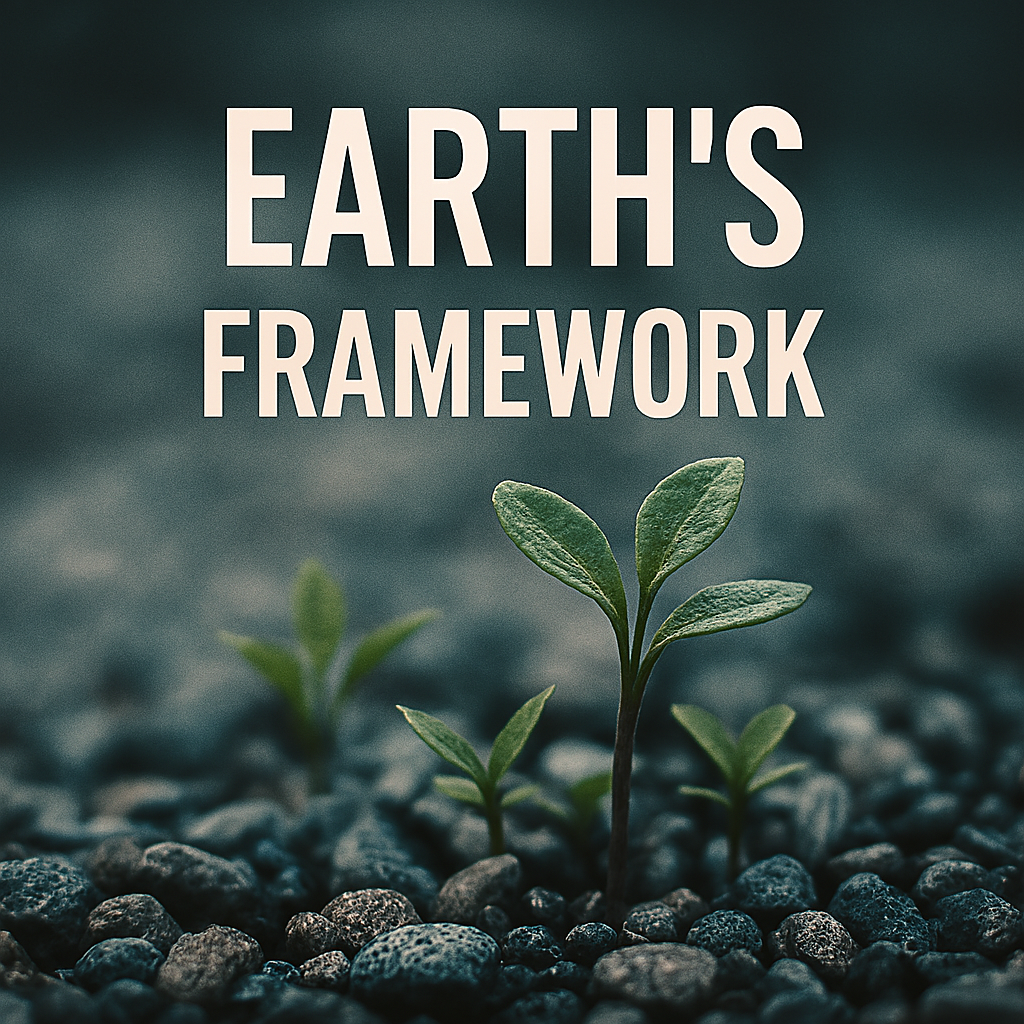EcoReef Crustacean Havens
Modular Sanctuaries for Freshwater and Saltwater Species
EcoReef Crustacean Havens are miniature habitat structures designed to protect and nurture aquatic crustaceans. These modular eco reef sanctuaries mimic natural underwater environments using twigs, stones, rubble, and recycled plastic. Crustaceans such as shrimp, crayfish, crabs, and amphipods rely on complex terrain for shelter, molting, and breeding. In both freshwater and saltwater aquariums, these havens offer refuge from predators and environmental stress. The design creates a maze of crevices and tunnels that support natural crustacean behavior.
Twigs simulate root systems, while stones provide weight and burrowing zones. Recycled plastic binds the structure and allows for modular expansion. These havens also serve as plant anchors, stabilizing aquatic vegetation and improving oxygenation. Crustaceans use anchored plants for grazing, egg-laying, and camouflage. EcoReef Havens are ideal for DIY aquarium setups and ecological restoration projects. They enhance tank aesthetics while supporting biodiversity. Their low-cost construction makes them accessible to hobbyists and educators. These structures promote survival, reproduction, and ecological balance. Whether in a desktop tank or a classroom ecosystem, EcoReef Havens restore dignity to aquatic life.

Crustacean Shelter Design – Materials and Assembly
EcoReef Crustacean Havens are crafted from natural and recycled materials chosen for durability and ecological function. Twigs form the skeletal framework, offering shade and molting zones. Stones add texture and weight, creating burrows and hiding spots. Recycled plastic binds the components and allows for shaping tunnels and chambers. Natural rope such as sisal or nylon reinforces joints and anchors plants.
The structure must be stable, porous, and free of sharp edges. Heat tools can mold plastic into curved passageways. Builders should select materials based on species needs and water type. Freshwater crustaceans prefer wood and gravel, while saltwater species thrive in coral-like rubble. Each haven should include multiple entry points and shaded zones. The design must support vertical and horizontal movement. Modular units can be linked to expand habitat complexity. Materials should be cleaned and aquarium-safe. The final structure becomes a living scaffold for crustacean behavior.
Habitat Material Table
| Material | Function | Freshwater Use | Saltwater Use |
|---|---|---|---|
| Twigs | Shade and molting shelter | High | Medium |
| Stones | Burrow and weight support | High | High |
| Recycled Plastic | Tunnel and chamber shaping | Medium | High |
| Rope | Plant anchoring and joints | Medium | Medium |
| Sand Substrate | Digging and egg laying | High | High |
Safe Zones for Aquatic Crustaceans
Freshwater Crustaceans – Behavior and Habitat Needs
Freshwater crustaceans include crayfish, shrimp, aquatic isopods, and amphipods. These species require stable environments with low current and high structural complexity. Crayfish dig under rocks and logs, creating territorial burrows. Freshwater shrimp graze on biofilm near plant roots and twigs.
Isopods and amphipods hide in leaf litter and sediment layers. EcoReef Havens replicate these conditions using layered twigs, stones, and anchored plants making safe zones for aquatic crustaceans. Submerged wood enhances molting success and reduces stress.
Plants like Java moss and Anubias provide cover and oxygenation. Water temperature should remain between 18 and 24 degrees Celsius. Crustaceans are sensitive to ammonia and nitrate levels. Feeding zones should be separate from molting shelters. Crayfish may require isolated chambers to prevent aggression. Shrimp colonies thrive in peaceful, plant-rich environments. Artificial havens must balance shelter, flow, and light. Freshwater crustaceans contribute to tank cleanliness and biodiversity. Their behavior reflects ecological roles in natural systems.
Freshwater Species Table
| Species | Preferred Shelter | Substrate Type | Behavior Traits |
|---|---|---|---|
| Crayfish | Burrows under rocks | Gravel and sand | Territorial and active |
| Freshwater Shrimp | Plant roots and twigs | Fine sand | Social and peaceful |
| Isopods | Leaf litter and sediment | Organic debris | Nocturnal and shy |
| Amphipods | Twigs and algae | Mixed substrate | Grazing and mobile |
Saltwater Crustaceans – Complexity and Coastal Mimicry
Saltwater crustaceans include marine shrimp, crabs, lobsters, and amphipods. These species inhabit coral rubble, seagrass beds, and rocky crevices. Marine shrimp use coral branches for shelter and feeding. Crabs burrow in sand and hide under stones. Lobsters prefer deep crevices and stable substrates. Amphipods cling to algae and detritus in high-flow zones. EcoReef Havens simulate these environments using textured plastic, rope, and stone. Coral-like shapes can be molded from recycled plastic.
Rope mimics seagrass movement and anchors plants. Sand layers support burrowing and molting. Water salinity must remain around 35 ppt, with temperatures between 22 and 26 degrees Celsius. Marine crustaceans are sensitive to pH and oxygen levels. Lighting should mimic natural cycles and avoid harsh glare. Feeding zones must be accessible but protected. Vertical layering supports species separation and behavioral zoning. Saltwater havens promote nutrient cycling and ecological balance.
Saltwater Species Table
| Species | Preferred Shelter | Substrate Type | Behavior Traits |
|---|---|---|---|
| Marine Shrimp | Coral rubble and twigs | Fine sand | Social and active |
| Crabs | Rock crevices and sand | Coarse sand | Territorial and mobile |
| Lobsters | Deep stone tunnels | Gravel and rock | Solitary and nocturnal |
| Amphipods | Algae and detritus | Organic debris | Cling and graze |
Breeding Safe Zones – Supporting Reproduction and Molting Cycles
EcoReef Crustacean Havens provide essential breeding zones for crustaceans in both freshwater and saltwater environments. Crustaceans require secluded, stable areas to lay eggs and molt safely. Twigs and stones form natural cavities for egg protection. Recycled plastic can be shaped into tunnels that simulate burrows. Rope anchors aquatic plants that serve as egg-laying surfaces. Freshwater shrimp often deposit eggs near moss-covered twigs. Crayfish prefer gravel-lined chambers with overhead cover.
Marine shrimp attach eggs to seagrass-like rope structures. Crabs dig shallow nests in sand and guard their eggs. Lobsters seek deep crevices with minimal light exposure. Amphipods reproduce in detritus-rich zones with low disturbance. Breeding success depends on water stability and habitat complexity. Lighting should be soft and mimic natural cycles. Feeding should be reduced during molting periods. EcoReef Havens allow crustaceans to reproduce without stress. These zones increase survival rates and support population growth.
Breeding Habitat Table
| Species | Egg-Laying Preference | Molting Shelter | Habitat Feature |
|---|---|---|---|
| Freshwater Shrimp | Moss-covered twigs | Shaded crevices | Low-flow zones |
| Crayfish | Gravel-lined burrows | Under rocks | Territorial chambers |
| Marine Shrimp | Rope and algae anchors | Coral rubble | Vertical tunnels |
| Crabs | Sand nests | Rock overhangs | Guarded entry points |
| Lobsters | Deep stone crevices | Tunnel systems | Minimal light exposure |
Plant Anchoring – Stabilizing Vegetation and Enhancing Ecology
EcoReef Crustacean Havens double as anchoring systems for aquatic plants. Twigs and rope provide grip points for root systems. Stones stabilize plant bases and prevent substrate erosion. Recycled plastic can be textured to hold stems securely. Anchored plants improve oxygenation and reduce algae growth. Crustaceans use plant cover for grazing and camouflage. Shrimp colonies thrive near moss and fern clusters.
Crayfish dig under rooted plants for shelter. Marine species interact with algae and seagrass analogs. Anchored plants absorb excess nutrients and support water clarity. They also create shaded zones for molting and rest. Plant integration enhances the reef’s visual appeal. It contributes to biological filtration and habitat complexity. Builders should select species based on water type and lighting. Anchored vegetation transforms the reef into a living system. EcoReef Havens become ecological nodes within the aquarium.
Plant Anchoring Table
| Plant Type | Anchoring Method | Crustacean Benefit | Water Type |
|---|---|---|---|
| Java Moss | Twigs and rope | Egg protection and grazing | Freshwater |
| Anubias | Stone crevices | Shelter and oxygenation | Freshwater |
| Seagrass Analog | Rope and plastic | Egg-laying and cover | Saltwater |
| Algae Clusters | Plastic texture | Grazing and camouflage | Saltwater |
| Hornwort | Gravel embedding | Shade and molting zones | Freshwater |
DIY Income – Crafting and Selling Crustacean Havens
EcoReef Crustacean Havens offer income opportunities for DIY creators. Materials are inexpensive and widely available. Twigs, stones, and recycled plastic can be sourced locally. Assembly requires basic tools and minimal training. Each haven can be customized for species and tank size. Aquarium shops seek functional, handmade decor. Breeders value breeding zones and plant anchors.
EcoReefs can be marketed as crustacean shelters and ecological enhancers. Pricing depends on size, complexity, and finish. Creators can build a portfolio of reef designs. Social media supports visual marketing and community engagement. Workshops expand interest and skill-sharing. EcoReefs are built to align with sustainability trends in pet care. They appeal to educators and ecological hobbyists. Selling havens supports both income and environmental awareness. DIY reef-making becomes a craft of restoration and entrepreneurship.
DIY Business Table
| Activity | Purpose | Potential Outcome |
|---|---|---|
| Reef Construction | Product creation | Inventory for sale |
| Custom Design | Species-specific builds | Higher pricing |
| Social Media Sharing | Visual marketing | Audience growth |
| Workshop Hosting | Community engagement | Skill-sharing and exposure |
| Retail Partnerships | Aquarium shop distribution | Steady revenue stream |
Modular Expansion – Scaling Habitats for Diverse Species
EcoReef Crustacean Havens are modular by design, allowing for scalable habitat systems. Small tanks benefit from compact, single-unit havens. Larger aquariums can host multi-chambered reef networks. Each module can be linked with rope or plastic connectors. Modular design supports species separation and behavioral zoning. Builders can create vertical stacks or horizontal spreads.
Expansion allows for seasonal breeding adjustments. Reefs can be rotated or repositioned without disrupting the tank. Modular units support flow control and lighting variation. Crustaceans adapt quickly to new configurations. Shrimp colonies expand into newly added zones. Crayfish establish territories across chambers. Marine species explore layered coral-like structures. Modular reefs mimic natural fragmentation and regrowth. They support educational demonstrations of ecological succession. The system becomes a living map of aquatic adaptation.
Modular Design Table
| Configuration | Tank Size | Ecological Benefit |
|---|---|---|
| Single Unit | Small tanks | Basic shelter and breeding |
| Dual Chamber | Medium tanks | Species separation |
| Vertical Stack | Tall tanks | Multi-level interaction |
| Horizontal Spread | Wide tanks | Territorial zoning |
| Linked Modules | Custom setups | Adaptive expansion |
Maintenance – Preserving Function and Ecological Integrity
EcoReef Havens require regular maintenance to remain safe and effective. Twigs should be inspected for decay or mold. Stones must be cleaned to prevent algae buildup. Recycled plastic should be checked for cracks or sharp edges. Rope bindings may loosen and need retightening. Aquatic plants should be trimmed to prevent overcrowding. Crustacean waste can accumulate in crevices and tunnels.
Gentle rinsing with aquarium-safe water is recommended. Avoid using soap or chemical cleaners. Maintenance ensures continued safety for molting and breeding. Reefs should be removed temporarily during deep tank cleaning. Inspect for trapped debris or uneaten food. Replace damaged components with similar materials. Maintenance also preserves the reef’s visual appeal. A well-maintained haven supports long-term ecological balance. Routine care becomes part of the aquarium ritual.
Maintenance Checklist Table
| Component | Task | Frequency |
|---|---|---|
| Twigs | Inspect for decay | Monthly |
| Stones | Clean algae buildup | Biweekly |
| Plastic | Check for damage | Monthly |
| Rope | Tighten or replace | Quarterly |
| Plants | Trim and monitor growth | Weekly |
Symbolic Ecology – Reefs as Rituals of Restoration
EcoReef Havens symbolize ecological restoration in miniature form. Their construction mimics natural reef formation and habitat layering. Each twig and stone represents a fragment of lost terrain. Recycled plastic becomes a tool of renewal and adaptive reuse. The reef’s complexity reflects biodiversity and resilience. Crustacean behavior around the reef mirrors wild ecosystems. Plant growth anchors the reef in time and space. The structure becomes a metaphor for healing and regeneration. It teaches ecological literacy through observation and care. DIY reef-making becomes a ritual of stewardship.
The reef’s presence is designed to connect and restore dignity to captive environments. It invites reflection on human impact and repair. EcoReefs embody the ethics of reuse and regeneration. Their modularity reflects systems thinking and ecological design. Each haven becomes a living symbol of aquatic hope.
Symbolic Elements Table
| Element | Ecological Role | Symbolic Meaning |
|---|---|---|
| Twigs | Shelter and shading | Fragility and resilience |
| Stones | Burrow and weight | Memory and permanence |
| Recycled Plastic | Tunnel and shaping | Renewal through reuse |
| Anchored Plants | Oxygenation and cover | Growth and healing |
| Crustacean Behavior | Natural interaction | Harmony and adaptation |
Emotional Resonance – Connecting with Aquatic Life
EcoReef Havens foster emotional connection between humans and aquatic ecosystems. Their presence invites quiet observation and reflection. Watching crustaceans interact with the reef can be calming. The reef becomes a symbol of care and stewardship. DIY construction deepens personal investment in the aquarium. Each haven reflects the builder’s intention and creativity. Crustacean behavior reveals trust and adaptation. Shrimp colonies form social patterns that evoke curiosity. Plant growth symbolizes renewal and patience. The reef’s complexity mirrors emotional depth. Aquarium owners often name their reef zones. Maintenance becomes a ritual of empathy. EcoReefs transform tanks into emotional landscapes. They support mental wellness through mindful engagement. The reef becomes a living companion in the home. Emotional resonance enhances ecological literacy.
Emotional Impact Table
| Experience | Reef Interaction | Emotional Response |
|---|---|---|
| Observation | Crustacean movement | Calm and focus |
| Construction | DIY reef building | Creativity and pride |
| Maintenance | Routine care | Empathy and responsibility |
| Growth | Plant propagation | Hope and renewal |
| Interaction | Shrimp colonies | Curiosity and connection |
Educational Use – Teaching Ecology Through Crustacean Design
EcoReef Havens are powerful tools for ecological education. They demonstrate habitat complexity in a controlled environment. Students can observe crustacean behavior and molting cycles. Reefs show the importance of shelter and substrate diversity. Plant integration teaches photosynthesis and nutrient cycling. DIY construction introduces sustainable design principles.
Reefs support lessons on biodiversity and adaptation. Teachers can use them to explain predator-prey dynamics. Modular reefs illustrate ecological succession and resilience. Observing shrimp colonies reveals social behavior. Reefs also support discussions on pollution and restoration. They encourage empathy toward aquatic life. Educational kits can include reef-building materials. Schools can host reef-making workshops. EcoReefs transform aquariums into living classrooms.
Educational Application Table
| Lesson Topic | Reef Demonstration | Learning Outcome |
|---|---|---|
| Habitat Complexity | Multi-chamber reef | Understanding shelter dynamics |
| Biodiversity | Mixed species interaction | Species interdependence |
| Sustainability | Recycled materials | Eco-conscious design |
| Succession | Modular expansion | Ecological resilience |
| Behavior Observation | Molting and grazing | Empathy and awareness |
Conclusion – Building Sanctuaries of Meaning
EcoReef Crustacean Havens are more than aquarium decor. They are modular ecosystems that restore dignity to aquatic life. Each haven supports shelter, breeding, and ecological balance. Their construction reflects sustainable design and symbolic restoration. Reefs teach us about adaptation, resilience, and care. They invite emotional and intellectual engagement. DIY reef-making becomes a ritual of ecological stewardship. Modular expansion allows for creative expression and technical precision.
Maintenance reinforces empathy and responsibility. Educational use transforms aquariums into living classrooms. Emotional resonance deepens our connection to aquatic life. EcoReefs embody the ethics of reuse and regeneration. They are tools for teaching, healing, and imagining better systems. Every haven becomes a story of restoration. In building them, we build meaning. In observing them, we learn to protect.
Join the Discussion – Share Your Crustacean Creations
Have you built your own EcoReef Crustacean Haven? What materials did you use, and which species thrive in your setup?
#EcoReef #CrustaceanHaven #AquaticSanctuary #DIYAquarium #ShrimpBreeding #CrayfishCare #ModularEcology #AquariumDesign #SymbolicRestoration #SustainableAquariums #EmotionalResonance #AquaticEducation #PlantAnchors #MoltingZones #ReefRituals













Leave a Reply